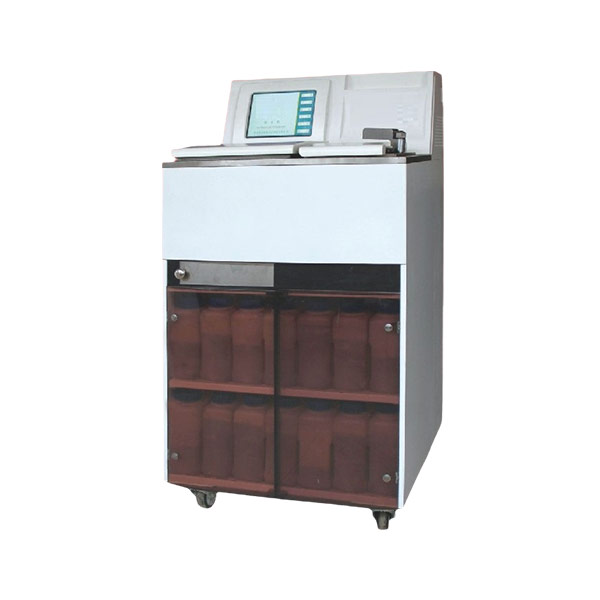


KH-T3
Four Reasons to Choose a Fully Enclosed Vacuum Dehydrator
1.Fully enclosed, vacuumed, pollution-free
There is no leakage of carcinogenic gases such as formaldehyde and xylene,which truly changes the tragedy of pathologists who treat cancer and are more prone to cancer
2. Eliminate traditional dehydration machines from getting stuck or jumping randomly
Completely abandoning the mechanical transmission that can easily cause jamming in the design principle, there will no longer be any specimens that are dried due to the jamming cylinder, leading to the risk of medical litigation
3. Super large permeability and excellent dehydration effect
The vacuum dehydrator is driven by air pressure, which drives the expansion and contraction of tissue cells to maximize the permeability of the reagent
4. Avoid reagent cascading and save reagent usage
When changing the liquid, negative air pressure forcefully aspirates the reagents contained in the sample, overcoming the problem of traditional dehydrators that carry a large amount of reagents into the next cylinder of reagents
Performance characteristics:
1.Chinese dialogue, 10 inch TFT true color LCD touch screen operation
2. Fully enclosed, vacuum operated, no pollution, no leakage of harmful gases such as formaldehyde and xylene that are prone to cancer
3.Intelligent anomaly monitoring and protection system,imported dual high-speed CPU,with powerful functions
4. The remote alarm function of the vacuum dewatering machine allows doctors to know whether the instrument is operating safely no matter where they are
5. Self checking function, capable of self diagnosing faults
6. Fully enclosed pneumatic stirring, maximizing the permeability of reagents to cells and achieving excellent dehydration effect
7. Reminder for replacing cleaning reagents, automatic monitoring of reagent purity, ensuring dehydration effect, and reducing reagent consumption
8.Using negative air pressure to forcefully aspirate residual reagents from the sample to avoid reagent leakage